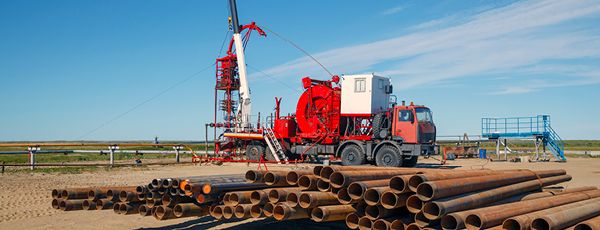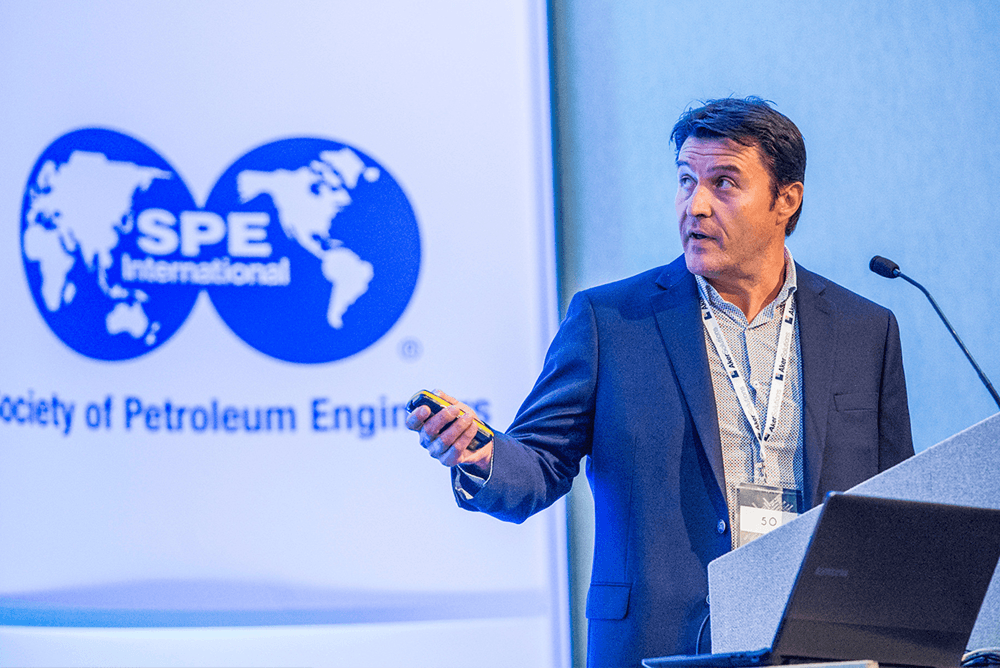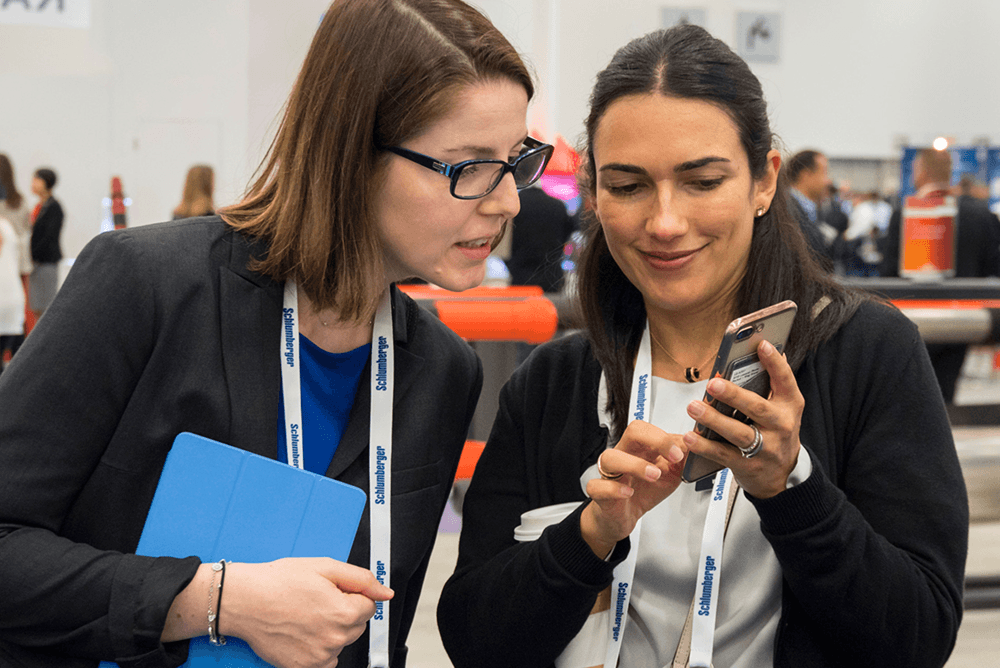Behind Every Innovation is a Brilliant Mind
Share Yours at the 2025 SPE/ICoTA Well Intervention Conference and Exhibition
The program committee of the 2025 SPE/ICoTA Well Intervention Conference and Exhibition invites you to submit a paper proposal and contribute to this highly anticipated annual event focusing on knowledge sharing of the latest well intervention techniques, new technology applications, best practices, and lessons learned.
Submitting a paper proposal is a great way to transfer knowledge and create discussion among peers on successes and overcoming challenges. The committee is seeking case histories illustrating new technology, new methods or processes, operational experience, and lessons learned.
Considering the current challenges around the increased demand for hydrocarbon production paired with a resource-constrained drilling sector, the committee sees a renewed interest in maximizing productivity of current assets and is also seeking case histories of novel approaches to overcoming these particular challenges.
SUBMIT YOUR PAPER PROPOSAL HERE
Submission Deadline: 16 September 2024
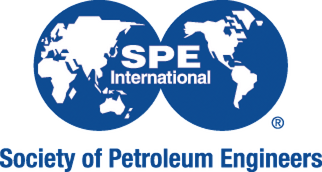

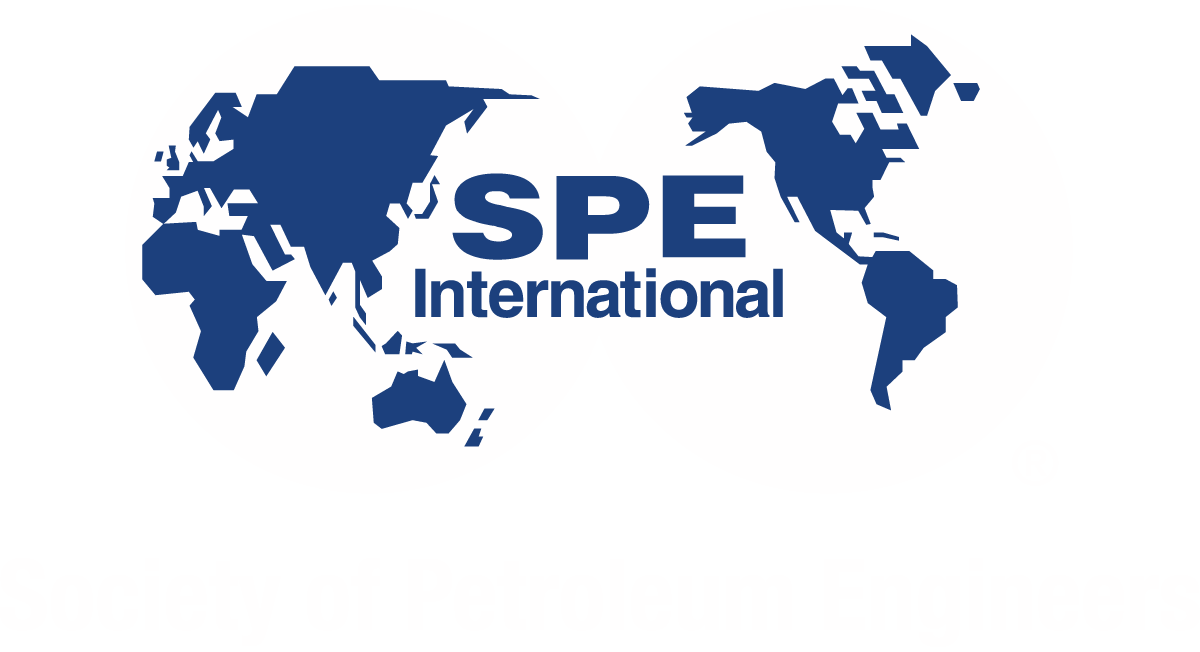
.png)
